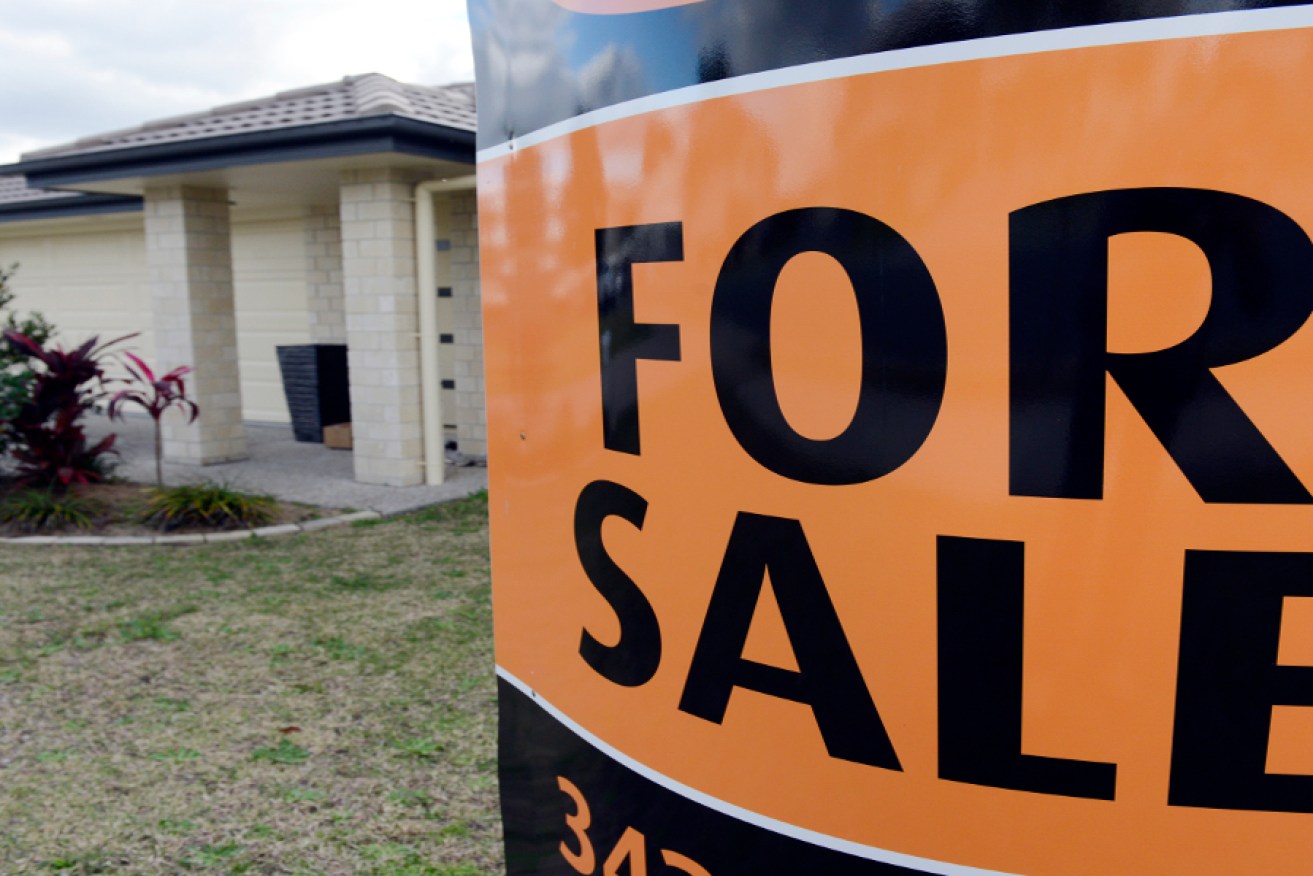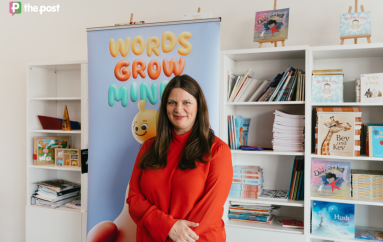Property chief dismisses dim 2016 forecast for Adelaide
South Australia’s peak real estate body has challenged the findings of a national property performance report which states values have gone backwards and predicts a rough 2016 for Adelaide.


Real Estate Institute of South Australia chief executive officer Greg Troughton told InDaily he was “surprised” by CoreLogic’s data hedonic home value index results released yesterday.
The report stated Adelaide property prices fell 1.5 per cent amid “absolutely flat” capital city values during December, while forecasting a rocky 2016 for Adelaide property values and performance.
“I’m surprised at these numbers given the strength [of Adelaide] to the end of September,” Troughton said.
“It made me think something horrific must have happened but that’s not what I’m getting from our members.
“In fact, it’s been a very uneventful quarter.”
Troughton said he was keen to compare the CoreLogic outcomes with the South Australian Valuer General’s property report, due to be released next week.
He also questioned CoreLogic’s “outsider” view that in 2016 the Adelaide property market would succumb to the impending Holden closure and winding down of key resource operations and staff layoffs.
In its review, the analytics company found that after 12 months of steady activity, Adelaide’s housing market values had remained “virtually unchanged”.
Despite weathering economic hurdles last year, this stability was about to be challenged in 2016, it predicted.
“The Adelaide housing market has remained relatively steady over the year, with values virtually unchanged in 2015,” CoreLogic’s December report stated.
“However, as the automobile manufacturing sector continues to wind down in the region, coupled with the soft resources sector, the economic outlook for the city isn’t likely to have a positive influence on housing market conditions in the area.”
Conversely, the December review highlighted that during the quarter Adelaide recorded a healthy 5.6 per cent growth in unit sales, a movement monitored by Troughton.
“I think in Adelaide, with its growth and older population, units are becoming more and more the norm.”
Although values took a slight tumble for the month, Adelaide was one of only two capital cities to see a rise in property values for the December quarter. Dwelling quarterly values for Adelaide increased 0.6 per cent, while Brisbane climbed 1.3 per cent.
Year-on-year, Adelaide residential property prices fell 0.1 per cent and median dwelling prices currently sit at $420,000.
Adelaide was among four of the eight capital cities to experience a drop in residential property values.
The slowdown of the resources sector saw Perth experience the largest fall for the year of 3.7 per cent, followed by Darwin, down 3.6 per cent; Hobart fell 0.7 per cent.
Sydney and Melbourne, despite the recent weakening of market conditions, still recorded much stronger annual gains than all other capital cities. Sydney climbed 11.5 per cent during 2015 and Melbourne rose 11.2 per cent.
December-quarter residential property highlights:
- Best-performing capital city: Brisbane +1.3 per cent
- Weakest-performing capital city: Sydney -2.3 per cent
- Highest rental yields: Hobart houses with gross rental yield of 5.4 per cent and Brisbane units at 5.3 per cent
- Lowest rental yields: Melbourne houses with gross rental yield of 3.0 per cent and Melbourne units at 4.0 per cent
- Most expensive city: Sydney with a median dwelling price of $800,000
- Most affordable city: Hobart with a median dwelling price of $350,000




